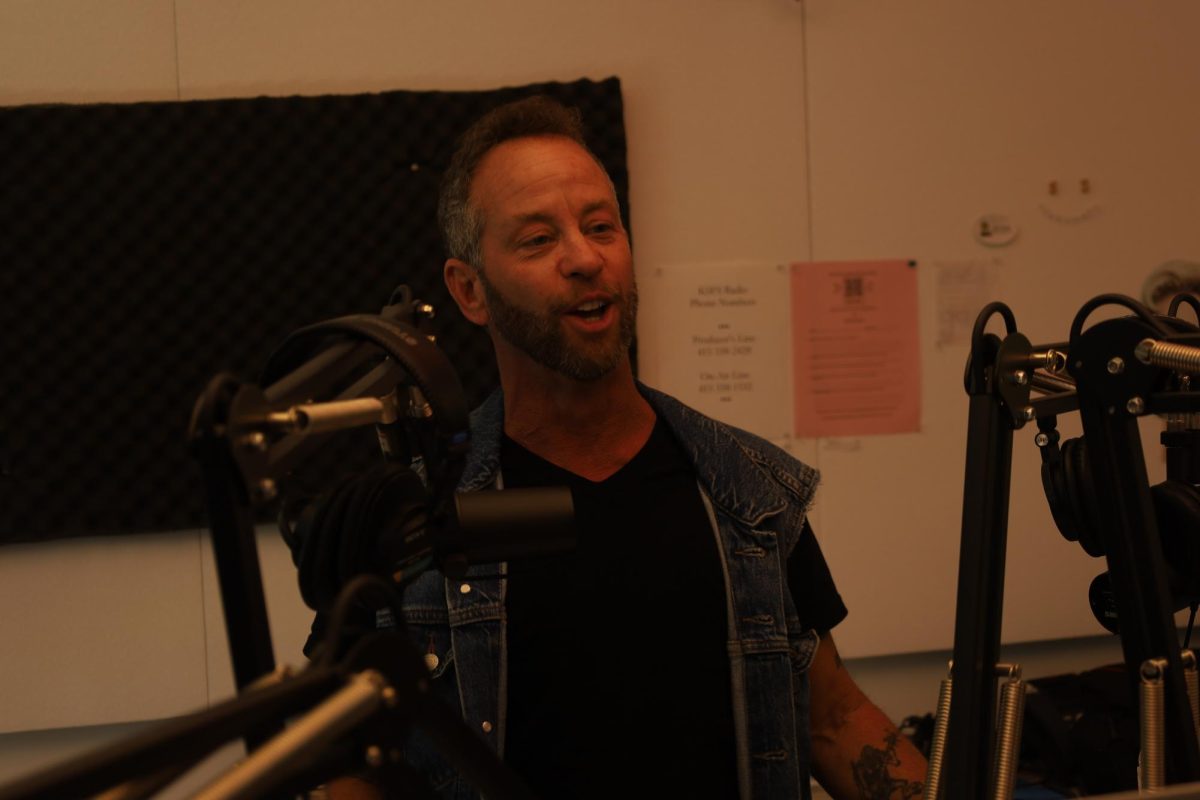Transgender and gender-nonconforming students experience higher levels of sexual assault, according to the Association of American Universities’ Campus Climate Survey on Sexual Assault and Sexual Misconduct released Sept. 21.
In the report, 31 percent of transgender, genderqueer, questioning or non-conforming students said they had experienced some kind of unwanted sexual contact since enrolling in college, including anything from attempted touching to forced penetration. Female respondents experienced the second highest rates of sexual assault, at 27 percent.
Lindy Velasco, vice president of the Queer and Trans Resource Center, said Title IX initiatives on campus need to focus on more discussion of and increased resources for queer and transgender students.

“A lot of the conversation right now in college campuses about sexual violence surrounds a very particular person, and that person is usually a white female that is usually middle class and straight,” Velasco said. “And when it comes to talking about queer bodies, especially queer bodies of color, given the presence of violence and poverty within their communities, they’re going to be experiencing it at higher rates anyways.”
The survey collected responses from more than 150,000 students across 27 ivy-league universities at the end of the Spring 2015 semester.
Though SF State was not one of the schools represented in the survey, the University will release a report no later than Oct. 1 including detailed information on sexual assault, harassment and misconduct incidents that occurred on campus during 2014, according to SF State’s Title IX coordinator Luoluo Hong.
Fifth-year student, Heather Matheson, 22, said data on sexual assault like SF State’s Title IX report is important to help hold schools accountable.
“If (colleges) aren’t forced to tell people about things like sexual assault, then they can just pretend like it’s not happening,” Matheson said. “They should have to tell (students) about these kinds of things and they should have to do something about it.”
Preliminary data from the report, provided in an email by Hong, shows 85 incidents of sexual violence were reported at SF State in 2014. Ten incidents were investigated further, while the other 75 were resolved without investigation, the report said. As of July 1, there were six sexual violence investigations still pending at SF State, according to the report.
“We have a demonstrated track record of taking every reported incident of sexual misconduct seriously,” Hong said in an email. “Further, we have a very fair and multi-partial investigative approach that honors the due process rights of both the respondent and complainant.”
Xpress reported earlier this month that SF State has implemented a new Title IX policy, introducing the term sexual misconduct. The new policy prohibits consensual relationships between students and faculty members as well as sexual discrimination based on gender, race, religion, sexual orientation and gender identity or expression.

“I think most people would agree that Title IX and the Violence Against Women Act have been game changers for higher (education),” Hong said. “It has put the issues of sexual violence reduction and gender equity in the forefront of people’s minds.”
In addition to the survey and SF State’s Title IX data, developments in reporting sexual assault in San Francisco include the introduction of newly proposed policies and legislation. San Francisco Supervisor Jane Kim announced in a University of San Francisco press conference Sept. 22. a new initiative that will allow campuses to coordinate their sexual assault responses with authorities. Kim also announced plans to create a task force to interpret sexual assault policies and laws to recommend best practices.
Fifth year BECA student, Beau Mathews, said that although he was unaware of the new legislation, the national statistics and SF State’s Title IX report, he believes these policies are important. He said students need to have access to information regarding sexual assault.
“Just knowing about the information is valuable and it can make you see how big of a problem there actually is,” Mathews said. “I think more discussion leads to more action.”





